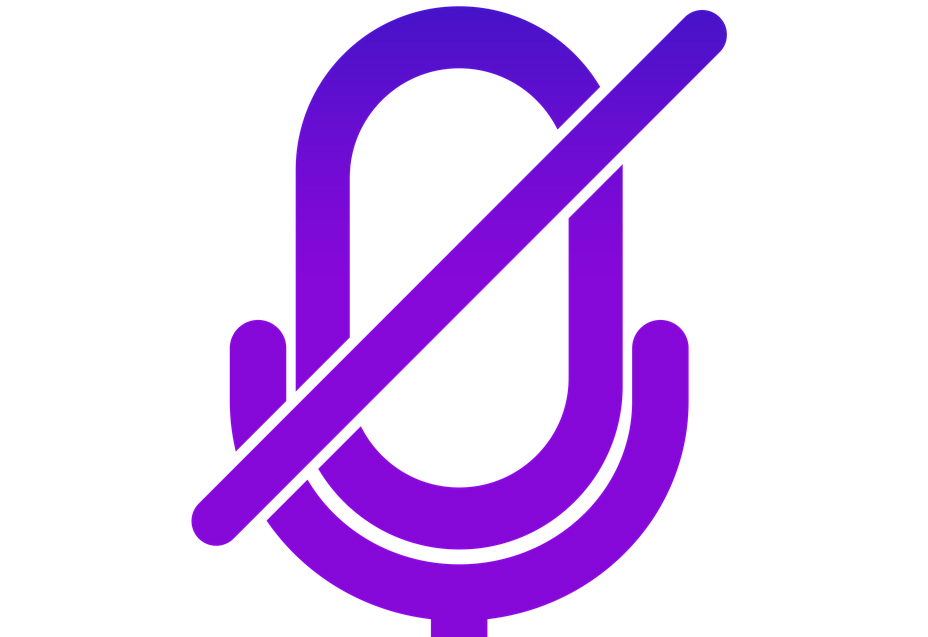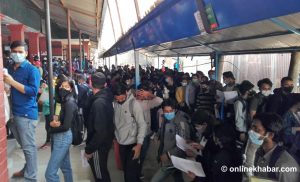As the academic session 2021/2022 has already kickstarted in Nepal, a prolonged health crisis induced by the coronavirus is likely to force schools to continue academic activities via virtual means including video-conferencing tools such as Zoom, Google Meet and MS Teams among others for an uncertain time. Despite the huge benefits of virtual platforms when it comes to redoubling learning possibilities through subsequent innovations, students’ disruptive behaviours have equally added another layer of complexities to school discipline amidst the pandemic. This requires urgent interventions from all the stakeholders including the educators, behaviour experts, teachers and parents in the education systems to identify efficient approaches in order to rid the educational atmosphere of such disruptive behaviours in stronger ways and sustain healthy educational practices.
Critical changes
Even before the pandemic, it was allegedly said that handling students’ offending behaviours in the classrooms was one of the daunting tasks for teachers. Besides, indiscipline among students and the subsequent imposition of corporal punishment on them had long been a topical issue in the Nepali education system. Although students’ misbehaviour during online learning amid the Covid-19 pandemic seems to have put educators under a lot of added pressure, it is yet to receive wider attention in Nepal.

Nonetheless, considerable media coverage in the international context brought into sharper focus the alteration in school discipline in the wake of the pandemic while students’ offending behaviours have become quite confounding for educators. It is allegedly reported that such challenging misbehaviours exhibited by students may include distracting noises, aggressiveness, playing music and obscene videos in the background, lack of communication when needed and internet slacking coupled with false identities, use of inappropriate profile pictures, unwanted annotation on the shared screen, verbal abuse or violence against teachers as well as pranks. Also, there are mounting concerns that strangers or hackers can easily sneak into the virtual space and obstruct the learning environments given the dearth of resilient cybersecurity and safety mechanisms.
What happened to a series of virtual conferences at the national level last year in Nepal are enough to prove this. Therefore, such issues are not only unique to these conferences and other international settings, but also other forms of challenging behaviours must have been plaguing educational institutions, educators and teachers in Nepal while attempting to administer remote teaching to schoolchildren during the Covid-19 prohibitory measures.
Inefficient measures
On the other hand, with the changing landscape of disciplinary issues as schools are operating online, the ways how disciplinary practices are being enforced should also require renewed attention. Unlike in-person classroom environments, in which different forms of physical punishment were rampant in Nepal, educators and teachers now cannot physically practise punishment on students in virtual settings. This, however, does not mean that educators and students do not have any confronting issues either.

Obviously, when behavioural issues turn difficult to handle, educators are barely left with any choice but to find solace in suspending the challenging students from the learning environment as reports reveal. This means we cannot deny the possibility of teachers’ resorting to various forms of punitive measures in virtual spaces in Nepal too to settle down the students.
It is no exaggeration that inappropriate suspension and other forms of disciplinary malpractices may go unnoticed. What can be commonly understood is that the tech weapon normally handy for teachers to maintain virtual discipline is “Mute all”. It is often heard that if things turn harder for teachers, they simply kick the disruptive students out of the virtual learning environments, lock the meeting, and disable unmute, chat, video sharing, and annotation affordances available in remote learning applications to muzzle the mayhem in the classrooms. As maintaining online discipline does not seem as easy as it sounds, school administrators and teachers might argue that they can still benefit by enforcing exclusionary and coercive netiquette rather than letting the situation prompt eventual suspension of the classes.
But, if it were only about keeping students silent on online learning platforms, it would be alright. However, we cannot deny remote teaching is more than keeping students quiet, making them passive consumers and above all criminalising their behaviours. If seen from child rights and learners’ psychosocial perspectives, such malpractices can tremendously hamper children’s wellbeing in the long-run.
Hence, new measures are not only necessary but urgent.
Urgency of a resolution
Not unexpectedly, learning environments with inappropriate behaviours offer less time for academic engagement, and the learners in such disruptive classrooms normally tend to have lower academic performance. What is more distressing is that teachers are often left with little opportunity to tailor instructions to the needy students in the classrooms as they are compelled to consume a huge classroom time in a bid to control challenging behaviours. Additionally, studies have shown that the misbehaviours on the part of learners and subsequent exclusionary disciplinary malpractices result not only in less positive teacher-student relationship but also impacts teachers’ enthusiasm for their career with less occupational wellbeing.

Everybody should understand that academic quality and students’ success are largely contingent on learners’ psychological needs, optimal participation, active engagement, healthy interaction, collaborative activities on class tasks as well as honest communication with instructors regarding learning and assignment progress. It can all be quite hard for teachers to smoothly carry out their classroom activities while handling their other responsibilities if students do not support, exhibit disrespectful behaviours and lack the positive attitudes and digital literacy in the virtual learning spaces. To put it another way, unless students are self-motivated, self-organised, self-determined, and have a functional digital literacy to cooperate with their peers and instructors, it is almost impossible to create an effective learning environment.
Given the uncertainty of when normality will be restored, teachers desperately need adequate support they can get from all of the stakeholders who are part of the education system—academicians, trainers, counsellors, school management bodies or parents—to instil within students proper discipline and positive attitudes. On top of that, if we fail to adopt a more helpful and sustainable approach to deal with the challenging and disengaged students, we will probably never effectively correct challenging behaviours among students, who are struggling to psychologically cope with new learning situations amidst the pandemic.
It is equally imperative to connect learning spaces with quality research that can offer practical remedies to create calmer and conducive learning environments where both teachers and students can engage both academically and socio-emotionally with dignity, safety and productivity.























